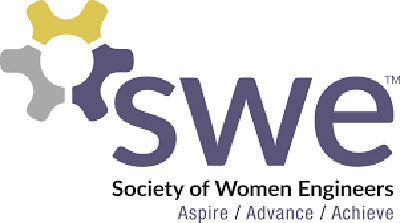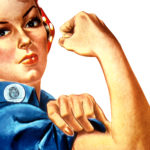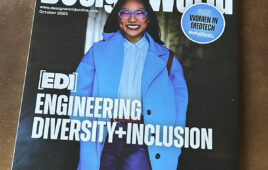According to the Society of Women Engineers, women comprise more than 20% of engineering school graduates, yet only 11% of practicing engineers are women. So what made those women in that 9% leave their careers or not join the profession at all?
During the Q&A at our Women in Fluid Power Panel in May, some of the instructors indicated that they would begin their classes by instructing the young men to be respectful of the women in their classes. These professors were doing their best to make women more comfortable in an environment that clearly is not always welcoming to them.
 Consider these recent statistics from The National Academies of Sciences, Engineering and Medicine’s report, Sexual Harassment of Women: Climate, Culture and Consequences in Academic Sciences, Engineering and Medicine. The report — which was released at WE18, the Society of Women Engineers’ annual conference — reveals that 50% of women faculty and staff in academia experience sexual harassment. Additionally, 20-50% of students pursuing these fields experience sexual harassment from faculty or staff. Data analyzed included instances of reported sexist hostility, crude behavior, sexual attention, and sexual coercion.
Consider these recent statistics from The National Academies of Sciences, Engineering and Medicine’s report, Sexual Harassment of Women: Climate, Culture and Consequences in Academic Sciences, Engineering and Medicine. The report — which was released at WE18, the Society of Women Engineers’ annual conference — reveals that 50% of women faculty and staff in academia experience sexual harassment. Additionally, 20-50% of students pursuing these fields experience sexual harassment from faculty or staff. Data analyzed included instances of reported sexist hostility, crude behavior, sexual attention, and sexual coercion.
The data also showed that women of color experience more harassment (sexual, racial/ethnic, or a combination of the two) than white women, white men and men of color.
Data like this shows a systemic problem, where society still believes that engineering is a male profession and women don’t belong there.
Why would an 18-year old woman want to pursue a career where she feels unwelcome, offended and disgusted? Things need to change and this change must come from the top. As Alice M. Agogino, Ph.D., professor of mechanical engineering at UC Berkeley, noted when she presented this data, “Leaders in academic institutions and research and training sites must pay increased attention to and enact policies that cover gender and racial harassment as a means of addressing the most common form of sexual harassment and of preventing other types of sexually harassing behavior.”
Dr. Agogino pointed out that organizational climate is, by far, the greatest predictor of the occurrence of sexual harassment. The two characteristics most associated with higher rates of sexual harassment are male-dominated gender ratios and leadership, and an organizational climate that communicates tolerance of sexual harassment.
Agogino provided four recommendations for institutions to prevent harassment:
- Integrate values of diversity, inclusion and respect into the policies and procedures.
- Change the power dynamics in advisor-trainee relationships.
- Support targets of sexual harassment by providing alternative ways to access support services, record information about an incident, and report an incident without fear of retaliation.
- Improve transparency and accountability to demonstrate that institutions are investigating and holding people accountable.
We shouldn’t have to tell men to behave inside or outside of class like those instructors I mentioned. But until that 50% drops, changing our thinking from the top down is the best way to encourage women to continue their engineering studies and actually pursue careers in the field.
You may also like:
Filed Under: Engineering Diversity & Inclusion









